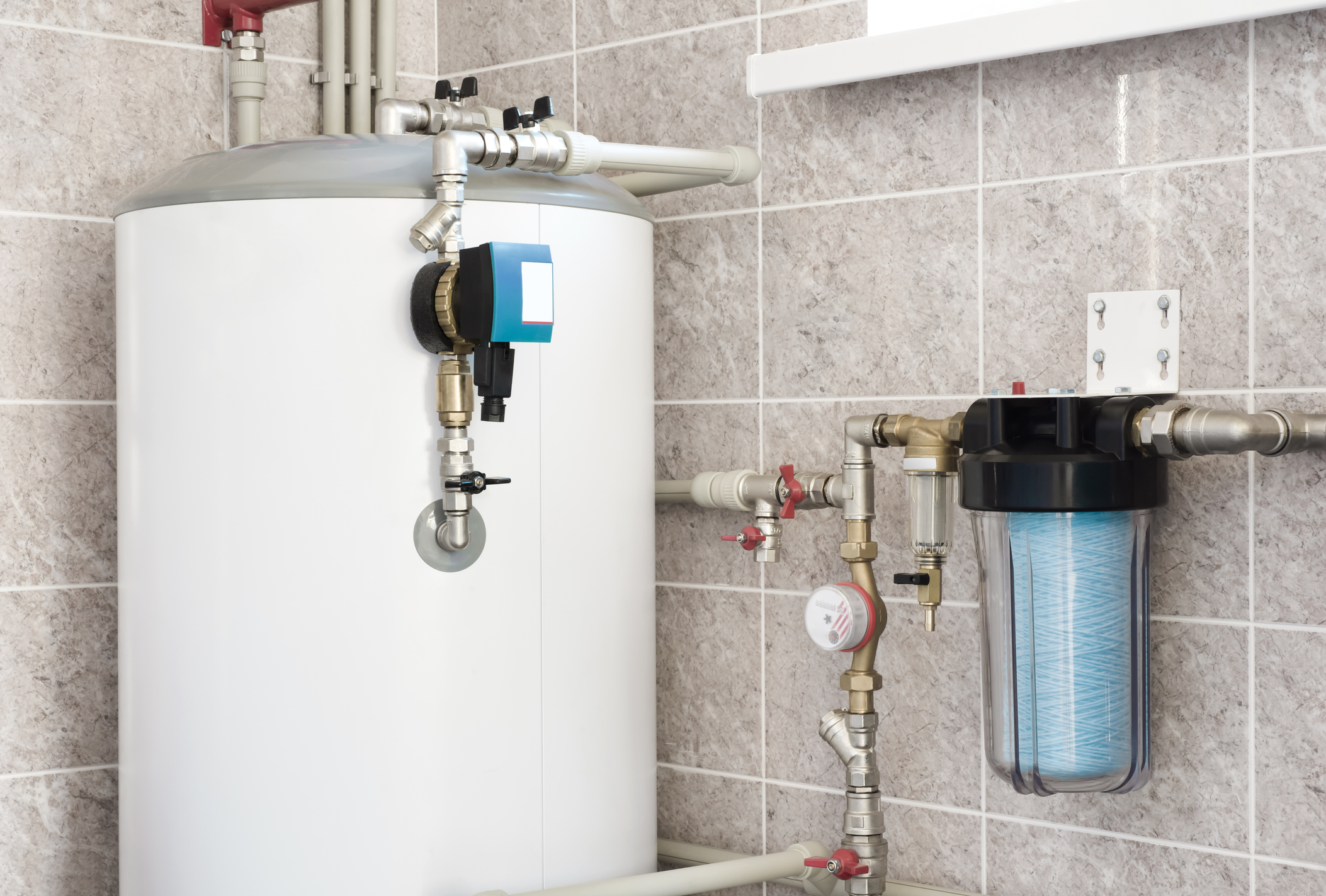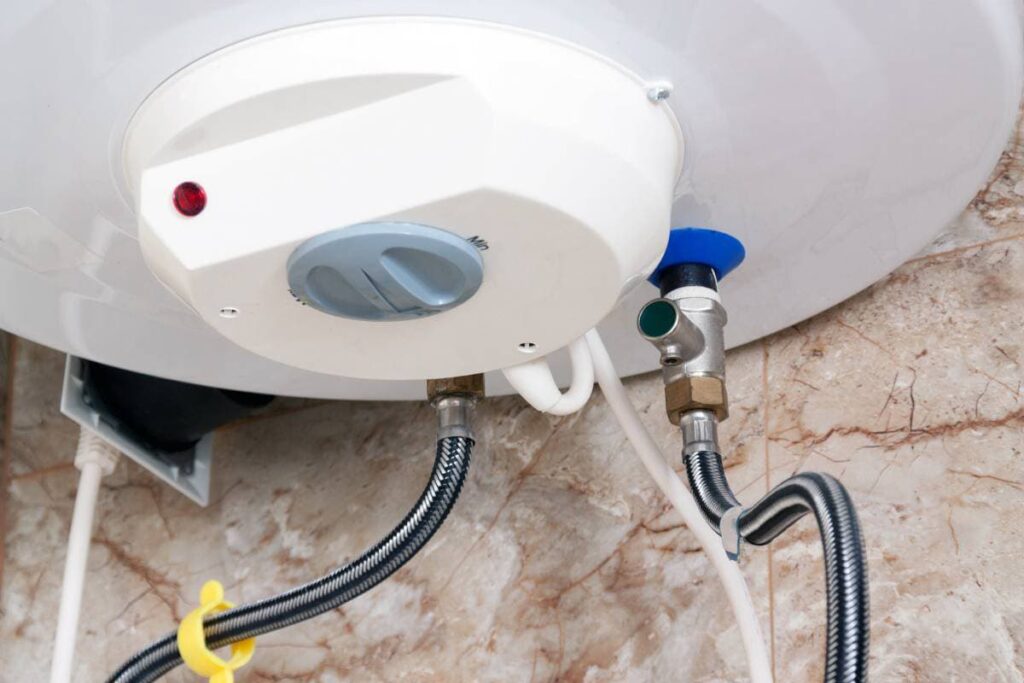They are making several great annotation relating to What Kind of Maintenance Do Water Heaters Need? in general in the article down the page.

Hot water is crucial for day-to-day convenience, whether it's for a revitalizing shower or washing dishes. To guarantee your warm water system runs efficiently and lasts longer, normal upkeep is essential. This short article supplies functional tips and insights on just how to preserve your home's warm water system to avoid disruptions and expensive fixings.
Introduction
Preserving your home's warm water system could seem challenging, but with a couple of straightforward steps, you can ensure it runs smoothly for several years ahead. This overview covers every little thing from understanding your hot water system to do it yourself upkeep tips and understanding when to hire expert assistance.
Significance of Keeping Your Hot Water System
Routine upkeep not just extends the life-span of your hot water system yet additionally guarantees it runs efficiently. Overlooking maintenance can lead to reduced efficiency, higher energy expenses, and also premature failure of the system.
Indications Your Hot Water System Needs Upkeep
Recognizing when your warm water system requires focus can stop significant concerns. Watch out for indications such as inconsistent water temperature, unusual noises from the heater, or rustic water.
Understanding Your Hot Water System
Before diving right into maintenance tasks, it's valuable to comprehend the basic components of your warm water system. Commonly, this consists of the hot water heater itself, pipes, anode rods, and temperature controls.
Monthly Upkeep Tasks
Normal month-to-month checks can aid capture small problems prior to they rise.
Purging the Water Heater
Flushing your water heater removes debris accumulation, enhancing effectiveness and prolonging its life.
Monitoring and Changing Anode Rods
Anode rods avoid corrosion inside the tank. Checking and replacing them when broken is essential.
Inspecting and Adjusting Temperature Level Settings
Readjusting the temperature settings makes certain optimum performance and safety.
Do It Yourself Tips for Maintenance
You can perform numerous upkeep jobs on your own to keep your hot water system in leading condition.
Checking for Leakages
On a regular basis check pipes and links for leakages, as these can result in water damages and greater bills.
Testing Pressure Alleviation Valves
Checking the pressure safety valve guarantees it functions properly and protects against extreme pressure build-up.
Protecting Pipelines
Protecting hot water pipelines decreases warmth loss and can save power.
When to Call a Professional
While do it yourself maintenance is useful, some issues call for professional knowledge.
Facility Issues Calling For Professional Aid
Instances include significant leaks, electric problems, or if your hot water heater is regularly underperforming.
Routine Specialist Maintenance Perks
Specialist upkeep can include detailed inspections, tune-ups, and making sure conformity with safety requirements.
Conclusion
Routine upkeep of your home's hot water system is necessary for performance, longevity, and expense financial savings. By adhering to these tips and understanding when to look for expert aid, you can guarantee a trusted supply of hot water without unforeseen disturbances.
Water Heater Maintenance: The Basics
Maintaining your water heater will ensure it operates efficiently and has a longer lifespan. Neglecting regular maintenance can lead to costly repairs and an even bigger chunk of your savings if you have to replace it sooner than necessary. But there’s good news: Most water heater maintenance tasks are relatively simple and easy for homeowners with basic DIY skills.
Flush the Water Heater
Over time, sediment and minerals can build up in the tank, reducing its efficiency and potentially causing damage. To flush the tank, turn off the power or gas supply, attach a hose to the drain valve near the bottom and open the valve to drain the water until it runs clear. Ideally, flush the tank annually.
Replace the Anode Rod
The anode rod is a sacrificial metal rod that helps prevent corrosion inside the tank. Inspect and replace it every three to five years or per the manufacturer's recommendation. To replace the anode rod, turn off the power or gas supply, drain a few gallons of water from the tank, unscrew the old rod and replace it with a new one. If the anode rod is significantly corroded or covered in calcium buildup, it's a sign the water heater may need to be replaced soon.
Tune-Up
A yearly tune-up can help identify potential issues and ensure your water heater operates at peak efficiency. This typically involves checking the thermostat, burner assembly (for gas heaters) and any other components specified by the manufacturer. During a tune-up, the technician may also clean the burner and adjust the pilot light (for gas heaters) or examine the heating elements (for electric heaters).
How to Maintain Your Water Heater
Insulate the tank. Insulating the tank can improve energy efficiency and reduce heat loss, saving you money on energy bills. You can purchase precut insulation blankets designed specifically for water heaters or use standard fiberglass insulation wrapped securely around the tank. Check the temperature. The recommended water temperature for most households is around 120 degrees Fahrenheit (49 degrees Celsius). Higher temperatures can increase energy costs and potentially cause scalding. Use a kitchen thermometer to check the temperature at the faucet nearest the water heater. Monitor water pressure. Excessive water pressure can strain the water heater and cause leaks or even tank failure. Install a pressure-reducing valve if necessary. The ideal water pressure range is between 60 and 70 PSI (pounds per square inch). Test the temperature and pressure (T&P) relief valve. The T&P relief valve is a safety feature that releases pressure if the tank gets too hot or the pressure builds up too high. Test it annually by lifting the lever and allowing a small amount of water to release. Replace the valve if it doesn't release water or reseal properly. Check for leaks. Regularly inspect the tank, pipes and fittings for leaks or corrosion. Deal with issues promptly to prevent further damage. Even a small leak can lead to significant water damage over time. Consider a tankless water heater. If your traditional tank-style water heater is nearing the end of its lifespan ( typically 10 years), consider replacing it with a tankless water heater. These units heat water on demand, reducing standby energy losses and potentially saving you money on your energy bills. Schedule professional maintenance. While homeowners can perform many water heater maintenance tasks, it's still a good idea to schedule professional maintenance every few years. A plumber or HVAC technician can thoroughly inspect the unit, identify potential issues and ensure it operates safely and efficiently. https://www.homeserve.com/en-us/blog/home-improvement/hot-water-heater-maintanence/

We had been made aware of that article on Water Heater Maintenance Tips You Can't Afford to Forget from a pal on another web property. Appreciated our blog? Please quickly share it. Help somebody else discover it. We treasure your readership.
Call Today